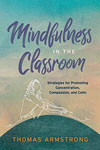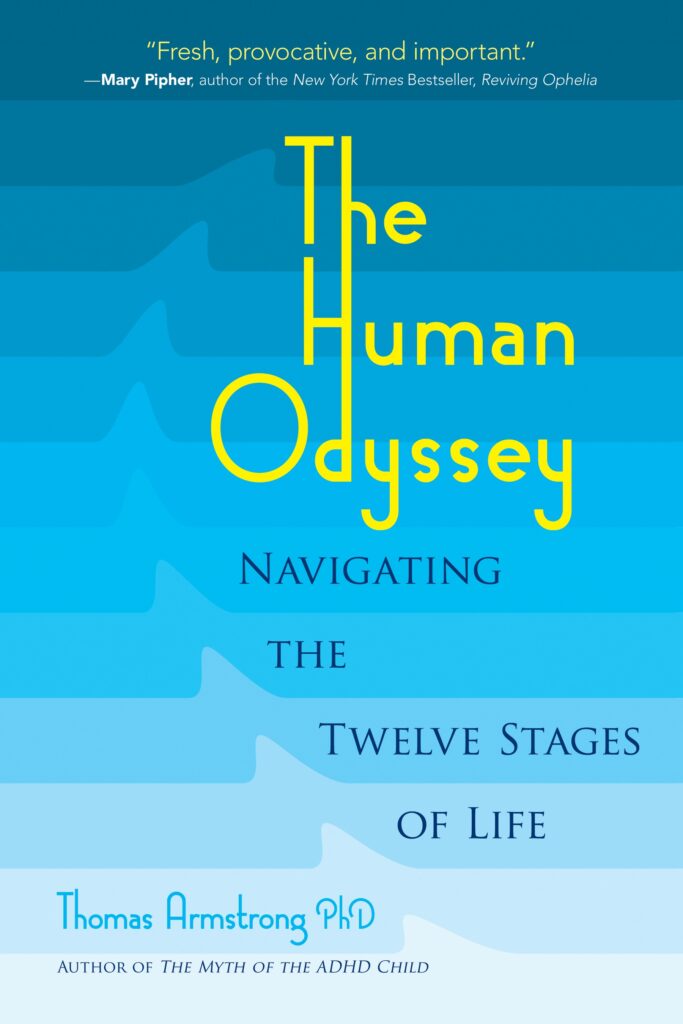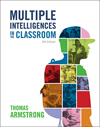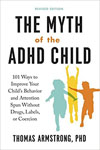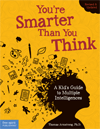 In today’s educational climate, where students are increasingly being compressed by technology and accountability pressures into computable ‘’data units,’’ there’s never been a more vital priority than addressing the needs of students as persons. While the etymology of the word ‘’person’’ goes back to the idea of having a ‘’persona’’ or ‘’social mask,’’ I think what we’re really talking about when we say we want to expand opportunities for personalization in the classroom, is that we want to empower students to make meaningful learning choices that reflect their own personal needs, wishes, beliefs, feelings, aspirations, strengths, and challenges. That’s why I’m taken aback by some of the highly packaged ‘’personalized’’ learning systems now being developed and sold by Big Ed (my term for the equivalent of Big Pharma). These ed-tech products often give the appearance of offering personalization, but in reality, they more often rate and process a student’s learning needs, wishes, strengths, and aspirations through impersonal algorithms, then generate a profile of the student that includes content ‘’deliverables’’ to be consumed by the student at his leisure (time being the only dimension of the program that isn’t monetized to expand the company’s profit margin). Moreover, the data that students input into these so-called personalized systems can then be closely monitored by supervisory adults (e.g. teachers). Sounds kind of de-personalizing, doesn’t it?
In today’s educational climate, where students are increasingly being compressed by technology and accountability pressures into computable ‘’data units,’’ there’s never been a more vital priority than addressing the needs of students as persons. While the etymology of the word ‘’person’’ goes back to the idea of having a ‘’persona’’ or ‘’social mask,’’ I think what we’re really talking about when we say we want to expand opportunities for personalization in the classroom, is that we want to empower students to make meaningful learning choices that reflect their own personal needs, wishes, beliefs, feelings, aspirations, strengths, and challenges. That’s why I’m taken aback by some of the highly packaged ‘’personalized’’ learning systems now being developed and sold by Big Ed (my term for the equivalent of Big Pharma). These ed-tech products often give the appearance of offering personalization, but in reality, they more often rate and process a student’s learning needs, wishes, strengths, and aspirations through impersonal algorithms, then generate a profile of the student that includes content ‘’deliverables’’ to be consumed by the student at his leisure (time being the only dimension of the program that isn’t monetized to expand the company’s profit margin). Moreover, the data that students input into these so-called personalized systems can then be closely monitored by supervisory adults (e.g. teachers). Sounds kind of de-personalizing, doesn’t it?
For more information on de-personalized education, see my book If Einstein Ran the Schools: Revitalizing U.S. Education
This page was brought to you by Thomas Armstrong, Ph.D. and www.institute4learning.com.
Follow me on Twitter: @Dr_Armstrong







